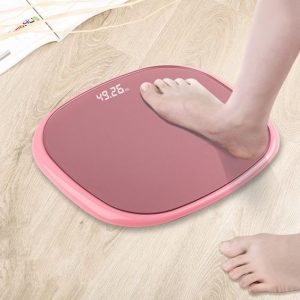What Are Common Repetitive Stress Conditions That Physical Therapy Can Help?

Most people engage in repetitive motions as part of their daily professional tasks, hobbies, and exercise routines. The problem with repetitive motion is that it can put excess strain on specific body parts. Over time, the strain can lead to pain, limited mobility, and other unpleasant symptoms. If you think you may have a repetitive stress injury, it’s important to seek treatment. In some cases, these types of injuries can become much worse unless they’re addressed right away. Here are some common repetitive stress conditions and how physical therapy can help.
Tendonitis and Carpal Tunnel
Tendonitis and carpal tunnel are two very common repetitive stress conditions. Tendonitis (also spelled tendinitis) occurs when a tendon in the body becomes inflamed and painful. Tendons are located near joints where they attach muscle to bone tissue. Because tendons are located near the joints, many people mistake tendonitis for arthritis.
Carpal tunnel syndrome is another competitive stress injury. It happens when the space in the wrist where the median nerve runs through becomes narrowed. Inflammation can cause this tunnel to become smaller and pinch the median nerve. This can cause the hand and fingers to become tingly or numb. It also frequently causes muscle weakness in the affected hand.
Both of these conditions can be effectively treated with Midtown physical therapy. Physical therapy exercises can strengthen the tendon and muscles affected by tendonitis. Many physical therapists use a variety of approaches to reduce inflammation and pain in the area. Treatment may include eccentric strengthening, which involves lengthening the muscle and contracting it while it’s still in its lengthened state.
Physical therapy for carpal tunnel also focuses on the nerves and tendons. Your therapist may help you through strategic stretches to increase mobility in the area. You may also need to wear a brace for a period. The brace will keep your wrist straight while you work to heal it.
Shin Splints and Bursitis
Shin splints cause pain in the front part of the lower legs. They occur when the tendons, muscles, and other tissues around the shin bone become irritated and inflamed. Athletes are at high risk of shin splints because of the repetitive motions they undergo while playing sports.
Bursitis is also common among athletes. It’s characterized by the development of painful, fluid-filled sacks between the joints. The most common areas affected by bursitis include the knees, shoulders, hips, and elbows.
Physical therapy Stillwater treatments can help with both of these conditions. Your physical therapist may recommend compression socks or sleeves to reduce discomfort from shin splints. You may also receive cold therapy and other types of therapy as part of your treatment. Many people also undergo a gait and footwear analysis to help them avoid developing shin splints in the future.
Physical therapy for bursitis typically involves corticosteroid injections for pain and inflammation relief. Your physical therapist will also recommend strengthening exercises and stretches to reduce tightness and muscle tension. Electrical stimulation and manual stretching are two more popular physical therapy Edmond OK techniques for treating bursitis.
It’s not always possible to avoid repetitive motions that can lead to inflammation and injuries. However, if you end up developing a repetitive stress condition, physical therapy can help relieve your pain and restore normal function to the affected area.







